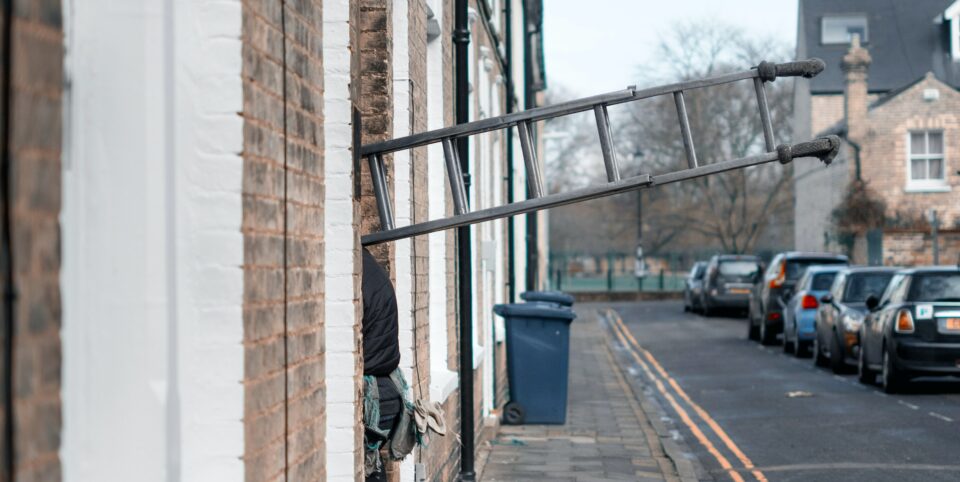Contact
020 7953 7040
info@ccameron.co.uk
Charles Cameron & Associates
Blackfriars Foundry
154-156 Blackfriars Road
London SE1 8EN
Getting a foothold on the housing ladder
May 30, 2023
Information published was correct at the time of writing
Average price in the UK the most unaffordable level in around 150 years...

Home property prices in the UK have been steadily increasing for many years and recently reached an all-time high. The average house price in the UK has reached its most unaffordable level in around 150 years, with an average of £249,329 from £1,629 since 1953, according to a recent study[1].
The figures show, at 5.9 times, first-time buyers currently have a higher average house price-to-earnings ratio than ever before. This means that is it becoming increasingly difficult for first-time buyers to get on the housing ladder without taking out a large mortgage or relying on some form of assistance from parents or other relatives.
It also spells unfortunate news for renters, as rents are likely to increase accordingly in order to keep pace with rising home prices.
The two greatest increased in property prices came during the 1980’s, when they jumped by 262%, and over the last two decades, lifting by 341%.
ANNUAL PROPERTY PRICES ROCKETED
This also particularly impacts younger people and their ability to get a foothold on the housing ladder. Rates of home ownership among 25 to 34-year-olds have fallen over the last three decades, lifting by 341%.
However, it was in 1973 when annual property prices skyrocketed by 36% marked by rising inflation caused by an oil crisis, which saw the greatest growth in house prices. Over the past 70 years, there has been a rise in owner occupation levels, although they have declined in recent times.
Initially, in 1953 only 31% of people owned their own homes, which gradually increased and peaked at 70.9% in England during 2003.
DECREASE IN THE NUMBER OF NEW HOMES
This percentage then fell steadily until early 2017, when the trend started to reverse. Currently, home ownership stands at 64%. The biggest surge in owner occupation levels was observed during the 1980s due to the former Prime Minister Margaret Thatcher’s Right to Buy policy. This policy enabled almost two million extra people to become homeowners during that decade.
According to building society reports, the number of houses constructed has declined over time by 69% since the 1960s. The largest number of new homes ever built was in the 1960s, with over 3.5 million constructed. Since then, each decade has seen a decrease in the number of new homes built. The latest figures indicate that just over one million new homes were built during the 2010s – the lowest level since World War II.
GREATER DEMAND FOR PROPERTIES
The demand for homes in the UK has been compounded by various factors. The country’s population has grown by 20% since 1971, reaching over 67 million people. Additionally, changes in demographics such as an ageing population, a rise in divorces and an increase in single-person households have led to greater demand for properties.
The study highlights that forecasts predict the need for five million new homes over the next 15 years, which averages at around 340,000 per year, surpassing the government’s target of 300,000.
However, this level of housebuilding hasn’t been achieved since 1971, with less than half of this figure delivered annual over the past 10 years.
Don’t forget, our professional friendly advisers are on hand to support you and can help you explore all of your options.
Source data:
[1] Leeds Building Society – Homeownership remains the crowning glory for millions of people: A look back at 70 years of British Housing – 27/02/23.


